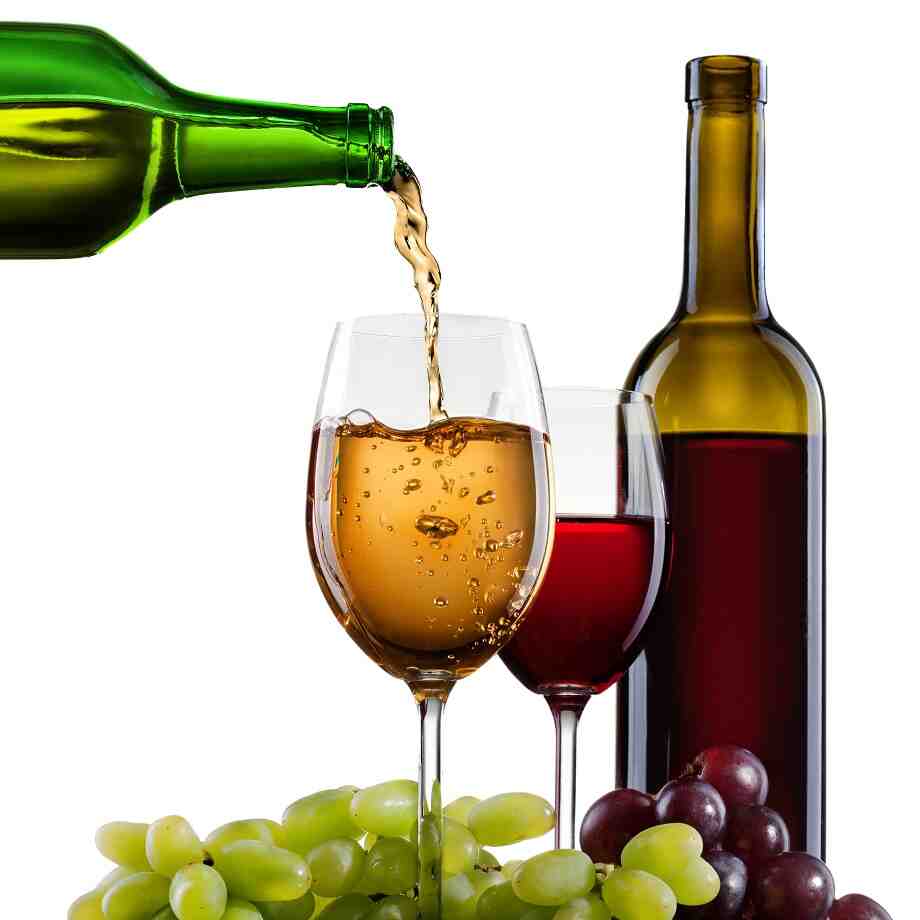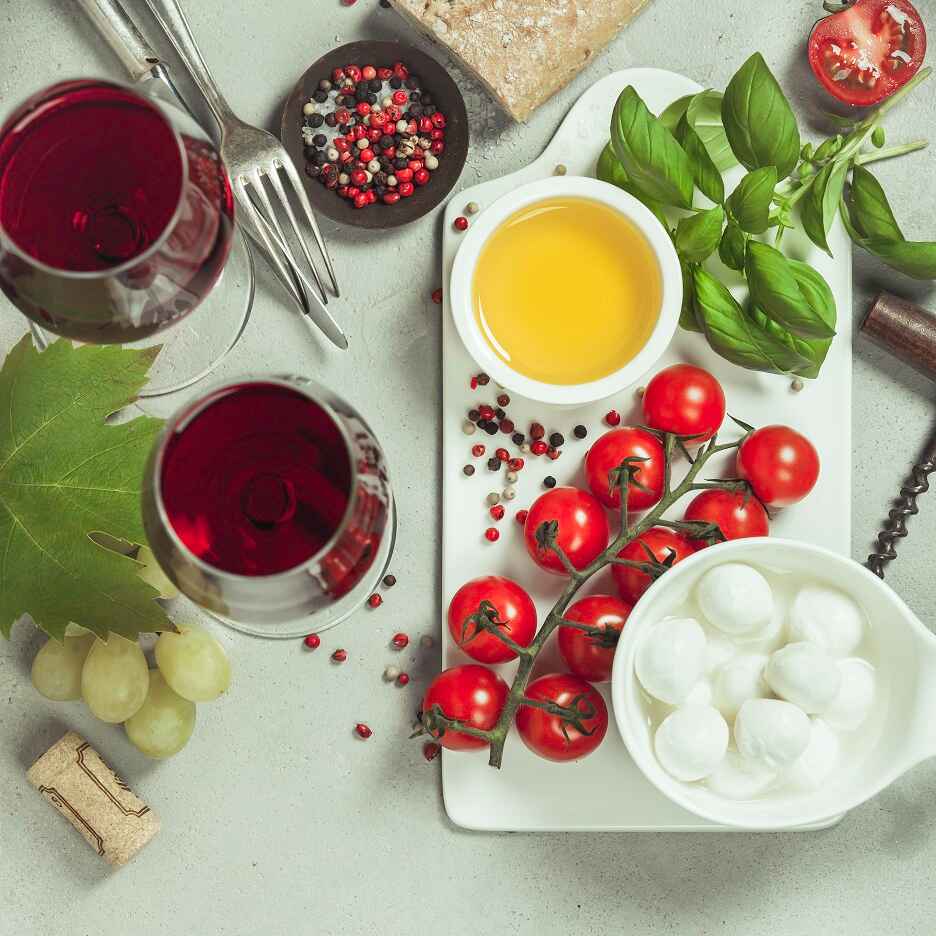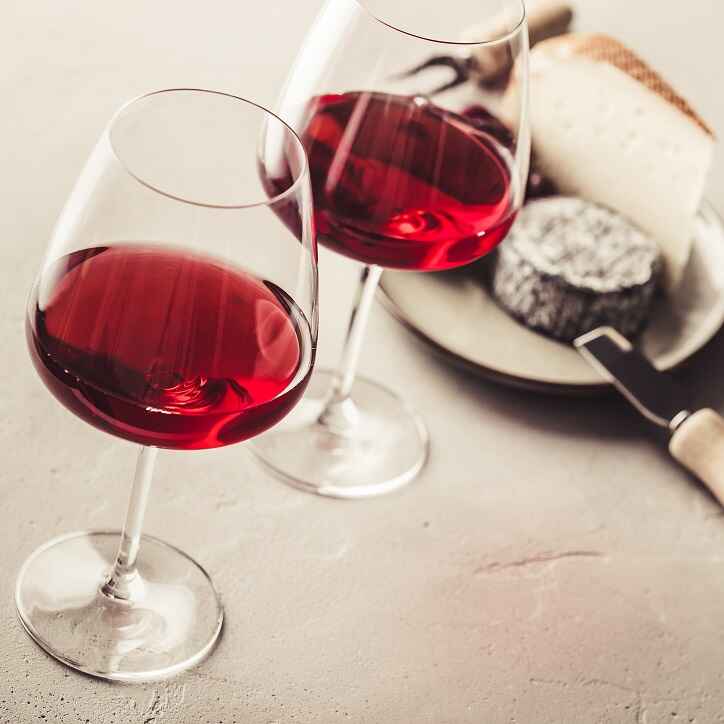The Perfect Guide to Pairing Wine with Chocolate: A Sweet Match Made in Heaven
Wine and chocolate are two of life’s greatest pleasures, and when combined, they create a rich, indulgent experience that tantalizes the senses. While both are complex in flavor and texture, pairing them together requires understanding how different chocolates and wines interact with each other. Whether you’re hosting a wine and chocolate tasting or simply indulging in your favorite treat, finding the perfect wine to pair with chocolate can elevate the experience to new heights.
In this guide, we’ll explore the nuances of pairing wine with chocolate, covering the best types of chocolate, the key principles of pairing, and specific wine recommendations to enhance your chocolate experience.
The Basics of Pairing Wine with Chocolate
Before diving into the specifics of different chocolate and wine pairings, it’s important to understand a few key principles for achieving the best combinations:
- Match Intensity: The flavor intensity of both the wine and chocolate should be balanced. A delicate, lighter wine may get lost when paired with a rich, dark chocolate, while a bold wine could overpower a creamy milk chocolate. Look for wines that match or slightly exceed the intensity of the chocolate for a balanced pairing.
- Consider Sweetness: The sweetness of the chocolate plays a big role in determining the right wine pairing. Dark chocolate, with its bitter notes, pairs best with wines that have a certain level of sweetness or boldness, while milk chocolate pairs well with wines that have a softer, fruitier profile.
- Play with Flavor Profiles: Different wines and chocolates have distinct flavor profiles that can complement each other in delightful ways. For instance, a fruity wine can enhance the berry flavors in chocolate, while a wine with earthy or spicy notes can bring out the depth of darker chocolates.
- Tannins and Fat: Both wine and chocolate contain tannins, which can interact with each other in interesting ways. The tannins in red wines, for example, can help cut through the richness of chocolate, while the fat in chocolate softens the mouthfeel of wine. The right balance between the two creates a smooth, enjoyable experience.
Types of Chocolate and Their Wine Pairings
1. Dark Chocolate – Rich, Bold, and Bitter
Dark chocolate, especially varieties with a high cocoa content (70% or higher), is known for its intense, bitter flavor with deep cocoa notes. These chocolates require a wine that can stand up to their boldness and enhance their richness.
- Wine Pairing: Cabernet Sauvignon
- Why it works: The tannins and dark fruit flavors of Cabernet Sauvignon pair wonderfully with the bitter richness of dark chocolate. The wine’s boldness complements the intensity of the chocolate, creating a full-bodied, well-rounded pairing.
- Alternative Wine Pairing: Zinfandel
- Why it works: Zinfandel, with its spicy and fruit-forward profile, enhances the fruit notes in dark chocolate while softening its bitterness. The wine’s slightly sweet finish also balances the chocolate’s intensity.
- Best Pairing for Extremely Dark Chocolate: Port
- Why it works: Port’s rich, sweet character and deep fruit flavors make it an ideal match for very dark chocolate. The sweetness of Port helps mellow out the bitterness of the chocolate, creating a harmonious contrast.
2. Milk Chocolate – Creamy, Sweet, and Smooth
Milk chocolate is sweeter and creamier than dark chocolate, with a softer, more delicate flavor profile. The higher milk content creates a smooth texture that requires a wine with enough fruitiness and body to complement its sweetness without overpowering it.
- Wine Pairing: Pinot Noir
- Why it works: The light body and fruity, berry-driven flavors of Pinot Noir provide a gentle contrast to the creamy sweetness of milk chocolate. The wine’s acidity helps cut through the richness, making it a perfect balance.
- Alternative Wine Pairing: Merlot
- Why it works: Merlot’s smooth, plummy flavors and soft tannins pair well with the rich, milky sweetness of this chocolate. It complements the chocolate without overpowering its delicate flavors.
- Best Pairing for Chocolate with Nuts or Caramel: Shiraz/Syrah
- Why it works: If your milk chocolate is paired with nuts or caramel, the bold fruit and spice of a Shiraz or Syrah provide the perfect contrast. The wine’s peppery and dark berry flavors add depth to the chocolate, especially when caramel is involved.
3. White Chocolate – Creamy and Sweet
White chocolate, while technically not “chocolate” due to its lack of cocoa solids, is beloved for its smooth and creamy texture. It’s made from cocoa butter, sugar, and milk, giving it a mild, sweet flavor. Its creaminess requires a wine that won’t overwhelm it, but one that can complement its delicate sweetness.
- Wine Pairing: Moscato d’Asti
- Why it works: The light, sweet, and effervescent nature of Moscato d’Asti complements the creamy texture of white chocolate without overpowering it. The wine’s floral notes and low alcohol content create a refreshing pairing.
- Alternative Wine Pairing: Riesling (Off-Dry)
- Why it works: An off-dry Riesling with its subtle sweetness and bright acidity enhances the flavor of white chocolate. The wine’s floral and citrus notes contrast with the creaminess of the chocolate, making for a light and refreshing experience.
- Best Pairing for White Chocolate with Fruit: Champagne
- Why it works: If the white chocolate is paired with fruit like strawberries or raspberries, Champagne is a perfect match. Its acidity and effervescence balance the sweetness of the white chocolate and highlight the fruitiness in the chocolate.
4. Chocolate with Fruit Flavors – Bright and Tart
Chocolate that is infused with fruits like raspberry, orange, or cherry offers a bright, tangy twist on traditional chocolate. The fruity flavors in the chocolate require a wine that either matches the fruit notes or balances the tartness.
- Wine Pairing: Lambrusco
- Why it works: Lambrusco, a sparkling red wine from Italy, offers a fruity and slightly sweet profile that pairs perfectly with chocolate containing fruit. The bubbles provide a refreshing contrast to the richness of the chocolate, and the wine’s berry notes highlight the fruit flavors.
- Alternative Wine Pairing: Grenache
- Why it works: Grenache, with its bright red berry flavors and soft tannins, pairs beautifully with fruit-infused chocolates. It highlights the tart fruit flavors while also providing a touch of warmth and depth.
5. Spiced Chocolate – Complex and Warm
Chocolate that is infused with spices like cinnamon, chili, or ginger offers a warming and exotic twist on traditional flavors. The spiciness in the chocolate needs a wine that can complement and enhance those flavors, while also providing a contrasting smoothness.
- Wine Pairing: Syrah/Shiraz
- Why it works: The bold, peppery, and spicy character of Syrah/Shiraz is an ideal match for spiced chocolates. Whether it’s a chili-infused chocolate or a cinnamon-dusted one, the wine’s spice will enhance the chocolate’s complexity.
- Alternative Wine Pairing: Malbec
- Why it works: Malbec, known for its dark fruit flavors and slightly smoky profile, pairs well with spiced chocolate, especially those with a hint of chili. The wine’s deep flavor profile complements the richness of the chocolate while highlighting the spices.
Tips for a Successful Wine and Chocolate Tasting
- Start Light, End Bold: Begin your tasting with lighter wines and chocolates (e.g., white chocolate or milk chocolate) and progressively move to darker, richer chocolates and more robust wines.
- Balance Sweetness: When pairing sweet wines with sweet chocolate, ensure that the sweetness of the wine is at least equal to or greater than that of the chocolate. A wine that is too dry can clash with the sweetness of the chocolate.
- Taste Together, Not Separately: The key to a successful wine and chocolate pairing is to taste them together. Take a bite of chocolate and then sip the wine (or vice versa) to truly experience how the flavors interact.
- Experiment and Have Fun: Wine and chocolate pairings are a personal experience, so don’t be afraid to experiment. Try different combinations and trust your palate to discover what works best for you.
Conclusion: A Sweet Pairing Adventure
Wine and chocolate pairings are an indulgent, sensual experience that invites you to explore new combinations and enjoy the deep, nuanced flavors of both. Whether you prefer dark, milk, or white chocolate, there’s a perfect wine to enhance your chocolate experience. The most important thing is to enjoy the process—whether you’re savoring chocolate on its own or sharing it with friends over a glass of wine, the combination of these two delightful treats is bound to be a sweet success.
Cheers to discovering your perfect wine and chocolate match!










